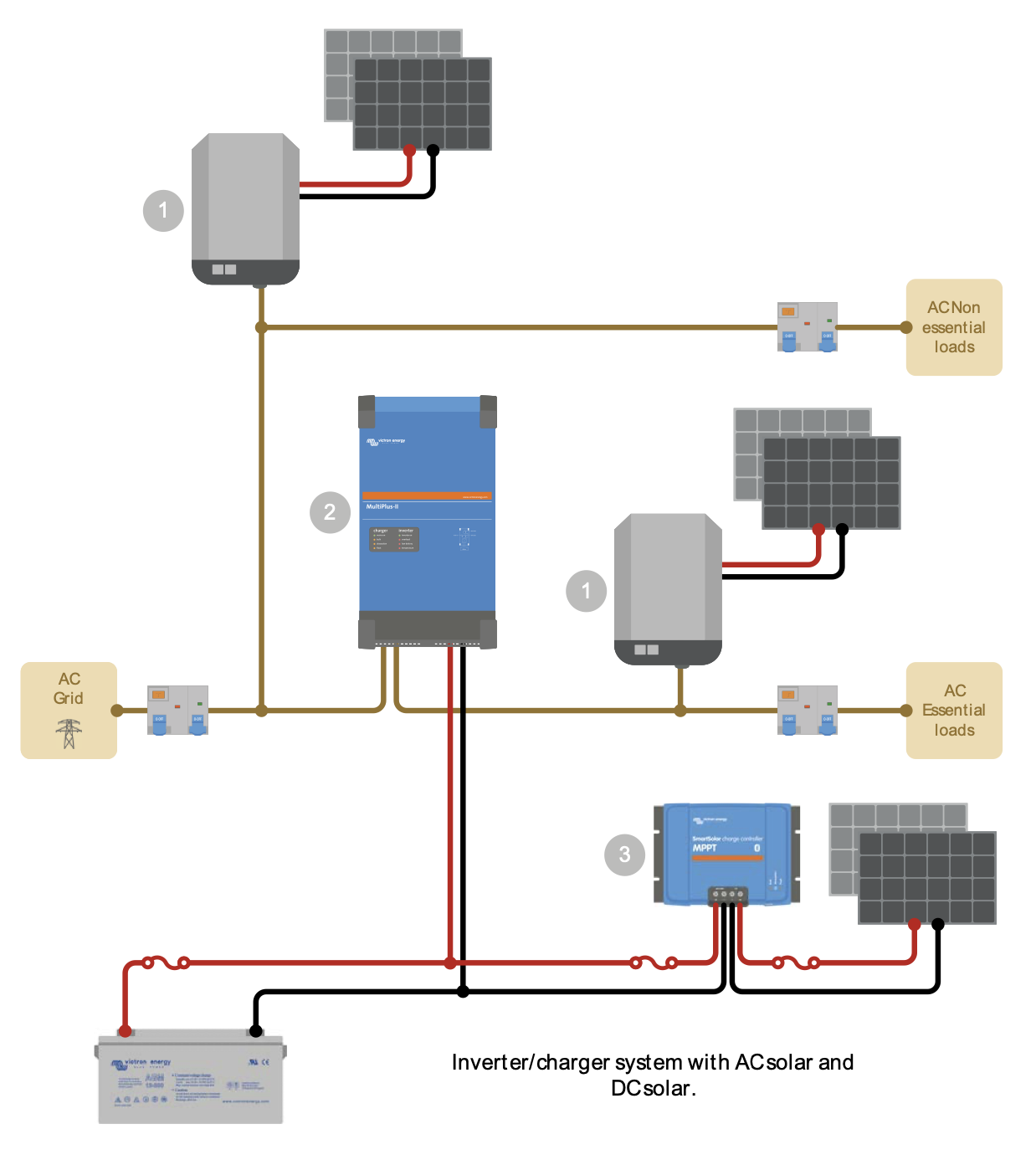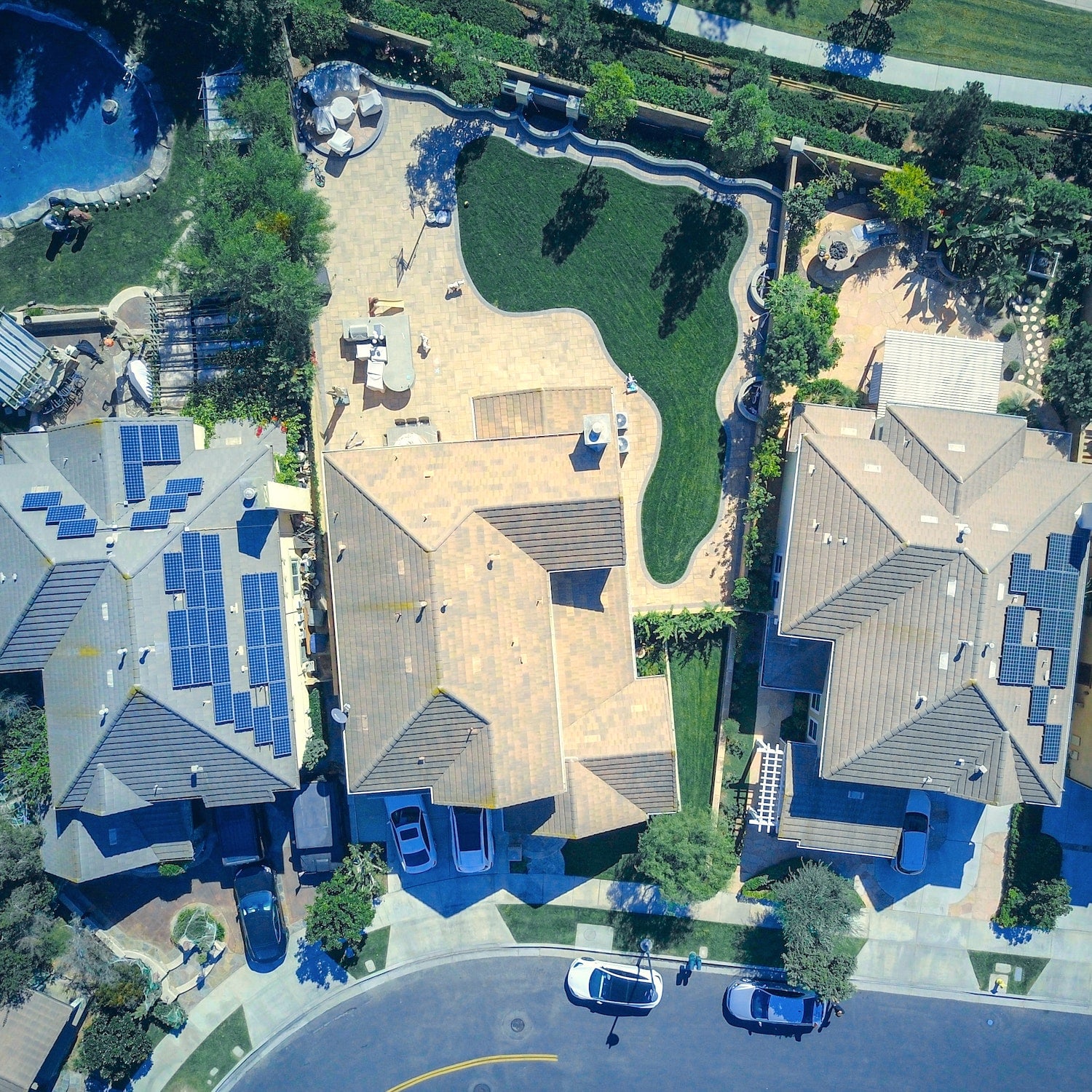How Solar Power works

save and shine
It is clear that solar panels generate the most energy during the day when the sun is shining. But it’s also a fact that you tend to use the least energy during the daytime. As a result your solar energy is fed into the grid during the day and then you buy back that energy from the grid in the mornings and evenings.
During the day in a typical grid connected house fitted with solar panels and battery, the solar inverter is supplying the house with power from the solar panels and the solar charge controller is charging the battery. During this time the installation is not taking any power from the grid. In the evening and when there is no or little sun, the inverter is supplying the home with power from the batteries. Only if the battery is discharged below 50%, will the inverter reconnect to the grid to power the home.

Energy Flow
Solar Photovoltaic (PV) panels are generally fitted on the roof in a northerly direction and at an angle to maximise the amount of sunlight that hits the panels.
Solar PV panels on the roofs of homes and businesses generate clean electricity by converting the energy in sunlight. This conversion takes place within modules of specially fabricated materials that make up the solar panels. It is a relatively simple process that requires no moving parts. In most cases solar panels are connected to the mains power supply through a device called an inverter.
Most suburban homes in Australia are connected to the electricity grid, which uses alternating current electricity (AC). But the electricity generated by solar panels is direct current (DC). That means grid-connected (GC) solar PV systems need an inverter to transform the DC electricity into AC electricity suitable for ordinary household needs. Houses with solar systems use solar power first before sourcing electricity from the grid.
When the panels are not producing electricity at night, electricity is supplied from the existing electricity grid.

Save money.
Save the environment.
Go solar powered today.
